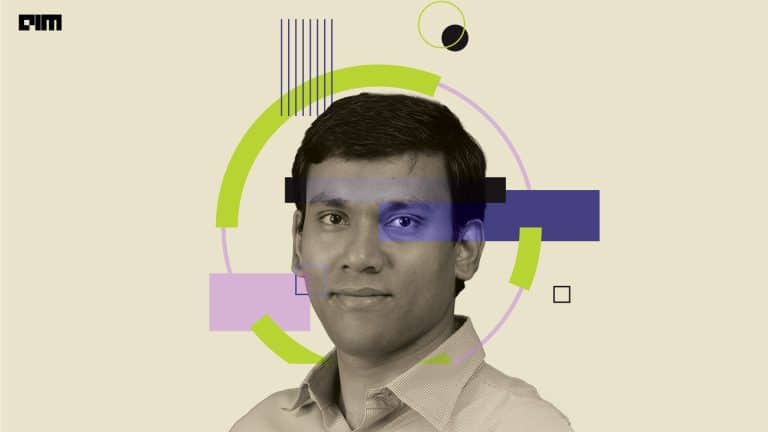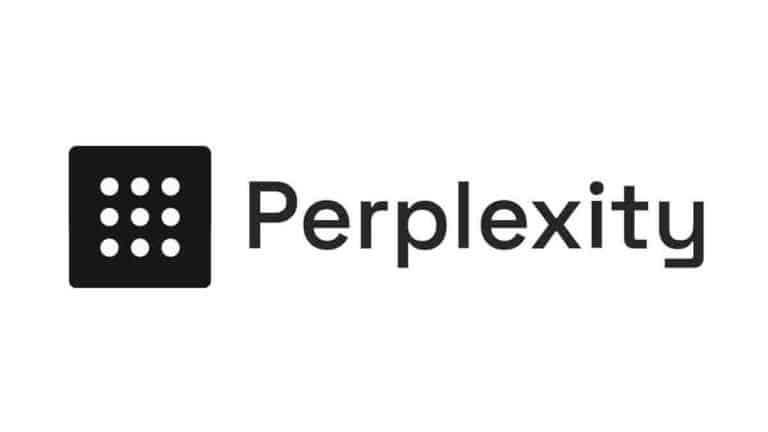In the movie ’2001: A Space Odyssey’, there is a chilling interaction between an astronaut – David Bowman, and a sentient computer- HAL (Heuristically programmed Algorithmic computer). The dialogue goes something like this –
David: “Open the pod bay doors, HAL.”
HAL: “I’m sorry, Dave. I’m afraid I can’t do that.”
The story goes that HAL learns, by reading their lips, that the astronauts are going to shut it down, fearing that it is malfunctioning. HAL then decides to kill the astronauts so that it can continue its programmed directives. The movie came out in 1968, and some of the novels in the Space Odyssey series by Arthur C. Clarke are even older.
While the dangers posed by Artificial Intelligence (AI) have been recognised from the time of its inception, it is only now that we see more attention being given to ethics in using AI. In a survey conducted by deeplearning.ai co-founder Andrew Ng in August 2020, it was revealed that explainable and ethical AI was one of the four important challenges that the AI community should be working on.
AI in Aviation
Though AI has been around for over 60 years, advances in computing and access to data have allowed many industries to exploit the potential of machine learning algorithms. The aviation industry is not lagging behind either. Intelligent maintenance, supply chain improvements, customer service, and prognostic tools are some of the areas where machine learning is being applied. Here are a few use cases –
- In Air Traffic Management, machine learning can mine huge amounts of historical data to help the ground operators and pilots in the cockpit make better decisions.
- AI can aid in improving the accelerating climate crisis by optimising trajectories.
- Increasing prediction accuracies can take inefficiencies out of operations, which in turn, can help offset carbon emissions.
- With a visual recognition system, aircraft inspections and fault detections can be automated and made more efficient.
- In personnel management, AI can give crew feedback on their fatigue levels and identify areas where machine input is possibly superior to human judgment.
- Unmanned aircraft or drones can be used for dropping medicines, especially during disaster relief or while navigating through unhospitable terrains.
Dangers?
While we enumerated a few areas where AI would be useful in aviation, caution is needed. In this section, we talk about a few grey areas where we will need to use AI responsibly.
Autonomous aircraft probably face fewer challenges than self-driving cars, given that the airspace is simpler. There are no pedestrians, road signs or signals and no diversions due to construction etc. The danger with replacing humans in the cockpit comes in extreme situations, like landing the aircraft in a storm where there is no visibility, for instance. A machine would probably have as much success as a human in these scenarios, but would a machine’s decision be acceptable?
In the case of fatigue management systems for crew members, the problem with using AI will be pilots coming to rely solely on machine input. Would it cause pilots to be less alert? Furthermore, there is the issue of the invasion of privacy with the health and alertness levels of the crew being monitored constantly. For the greater good, is it acceptable to compromise on privacy?
Visual recognition systems or neural networks which rely on more and more data to ‘learn’ and provide better accuracy also need validation. When is it good enough to be deployed? Can it be broken by some unexpected data? The COVID pandemic can be considered as one such example which is called ‘an unstructured break’ in the time series data. We would need to have fail-safe options for when such algorithms fail.
The biggest hurdle, though, is cybersecurity. With digital technologies increasingly replacing human labour in managing routine manual tasks, security needs to be more reliable and fail-safe. The stakes are in altogether a different league, as compared to one’s social media account.
The way forward
Currently, in aviation, AI is confined to non-critical operations. The challenges posed by COVID offer an opportunity to revamp existing manual operations and adopt new technologies to create an aviation environment that is scalable and is economically and environmentally sustainable. The AI community should form a committee that can put together an action plan. By setting up a committee, some of the dangers that we can already foresee may be tackled effectively. Some other items on the action plan can be awareness campaigns about the benefits of AI and demystification campaigns. It can create an infrastructure to set up new aviation platforms to collect data that were previously only available through satellites. Access to data should be granted only to stakeholders approved by the committee. The committee can also focus on upskilling or reskilling programmers, training them to interpret the recommendations of analytical tools, and change management (e.g., sanitary practices to adopt during a pandemic). Ethics training should be made mandatory – topics should include identification of grey areas and desirable ethical outcomes in such situations.
The aviation industry is one of the most heavily impacted by the ongoing pandemic. We should use it as an opportunity to accelerate the adoption of AI. Along with better decision-making tools, industrial and operational efficiency, we should also make sure that we use AI responsibly.



















































































